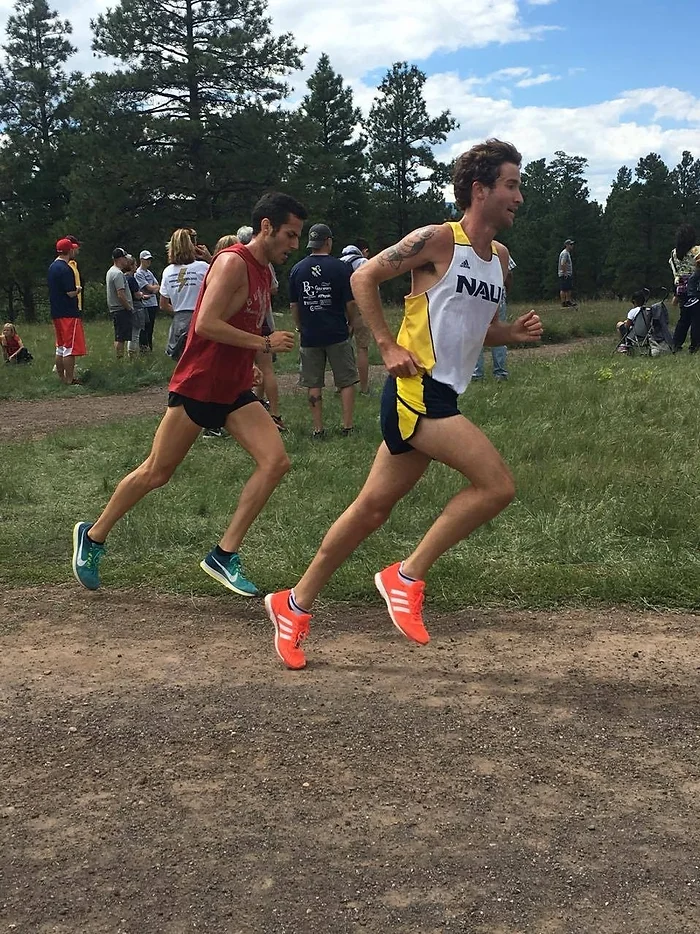Hill workouts stand as one of the most potent and underutilized tools in a runner’s arsenal. Incorporating hill intervals into your training routine can be a game-changer, boosting both speed and endurance. These workouts not only build strength but also refine your form and explosive power.
Hills are one of the most effective ways to do real world strength training. All of the muscles needed to run faster and with better form, are enhanced and improved during a faster hill session. And since gravity is greatly reduced because you’re landing further up the hill on the harder portions, hill workouts are one of the safest ways to improve strength and speed. Here’s a comprehensive guide on how to maximize the benefits of shorter hill intervals for optimal performance.
Hill Workouts

There are several types of hill workouts and how we change the intervals, sets, reps, and grade of the hill will determine what we’re trying to work on and then improve. Shorter explosive hill workouts are incredible for speed and power development and runners usually see enhancements to their overall form and efficiency. The reason being that when running uphill you’re required to explode more off the ground to combat the extra gravity. You also have to increase your knee lift more than normal due to the grade of the hill. This natural increase in knee lift will engage the hip flexor complex on the driving leg as well as the glutes and quads on the ground contact leg. After a few explosive hill sessions those form improvements often show up in runner’s regular, flatter running.
The shorter, faster, more explosive hill workouts can be as short as a 6 second sprint, up to almost a minute. Very often around 30 seconds. The very short 6-10 second all out sprint are designed to near max effort. When we’re trying to run that hard uphill we have to recruit muscles that we normally don’t use that much.. This muscle recruitment can turn on those muscles so we might be able to utilize them more in other types of running, or at least in an improved manner.
The reps of 15-45 seconds have many of the same properties but usually aren’t run all out. They’re usually 70-90% effort. These types of hills work almost every facet of our running physiology. They improve speed, endurance, power, and even have a small aerobic component when we do higher reps of them and keep the rests somewhat abbreviated.
Often with Ultra athletes I’ll utilize much longer hill reps anywhere from 1-4 minutes all uphill. It takes a special trail or road to be able to run uphill for that long. These hill reps are more like traditional threshold reps on flat running. With the added challenge of the uphill, we do get some of those similar power enhancements from our stride. Since these reps are done all uphill it’s easier to get our heart rate elevated into the higher threshold zones as well. These reps can really prepare athletes who are running long races that have very lengthy climbs. Your body will be forced into different mechanical positions; shortened hip angle, very elongated calf, achilles, and hamstring angles. So it’s super important to practice and prepare your body for that strain before the event.
Selecting the Right Hill
- Gradient: Opt for a hill with a moderate incline (4-8% gradient) for shorter intervals. It should be challenging but manageable to sprint up without losing form. It’s such a tough balance to find the right hill, and sometimes it can take a few tries.
- Surface: Choose a smooth and safe surface to minimize the risk of injury. Grass, dirt trails, or roads without heavy traffic are ideal.
Execution of the Workout
- Warm-Up: Typically for hill workouts we want an extended workout. Hills put pressure on our body that’s different from regular running so we need to be fully warmed up. You really need to be mindful of your calves and achilles during these workouts. Hills stretch them out more than normal, so if you feel any pain or too much strain in those areas, cut the workout short. I generally recommend letting the first rep or 2 be slightly easier to get into the flow of the workout. Most of the time after the rep, it’s best to jog back to the same spot you started from. Sometimes you’ll need to walk for a moment. Having the same starting spot for each rep will let you see how you’re progressing through the workout by how far you get up the hill. If you crash and burn and the last few reps are way shorter than the first few, you’ll know for next time you might need to start out a little easier and vice versa.
Form

It’s common to see runners leaned slightly too far forward going uphill. This can decrease your lung capacity and slow your momentum.
You want to focus on feeling tall going up the hill. It’s very helpful to match your knee drive to the swing of your forearm, both lifting UP and forward towards where you’re headed. Also helpful to keep your eyes up towards a target out in front of you.
Final Tips:
Hills are all about effort and grit. It’s a time where we throw paces out the window and focus on just running by effort with toughness!
Embrace the challenge of hill intervals. They not only transform you physically but also instill mental toughness, propelling you toward your running goals with greater speed and endurance.



